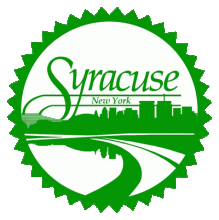Teaching Through Gaming in Baltimore - Episode 526 of the Community Broadband Bits Podcast

In this episode of the podcast, Christopher is joined by William Sullivan, a resident of the city of Baltimore who works as part of the Digital Equity Leadership Lab. He shares his work in the city in recent years in getting students engaged in building digital skills and computer literacy. By pairing gaming with learning programs, Sullivan and his colleagues not only got students interested in computer hardware, but incented them to build new digital skills that would aid them in college and on the job market later in life. It also, he shares, fostered interest in taking on additional new learning challenges, as well as building new social spaces with people they had not known before.
This show is 16 minutes long and can be played on this page or via Apple Podcasts or the tool of your choice using this feed.
Transcript below.
We want your feedback and suggestions for the show-please e-mail us or leave a comment below.
Listen to other episodes here or view all episodes in our index. See other podcasts from the Institute for Local Self-Reliance here.
Thanks to Arne Huseby for the music. The song is Warm Duck Shuffle and is licensed under a Creative Commons Attribution (3.0) license.



